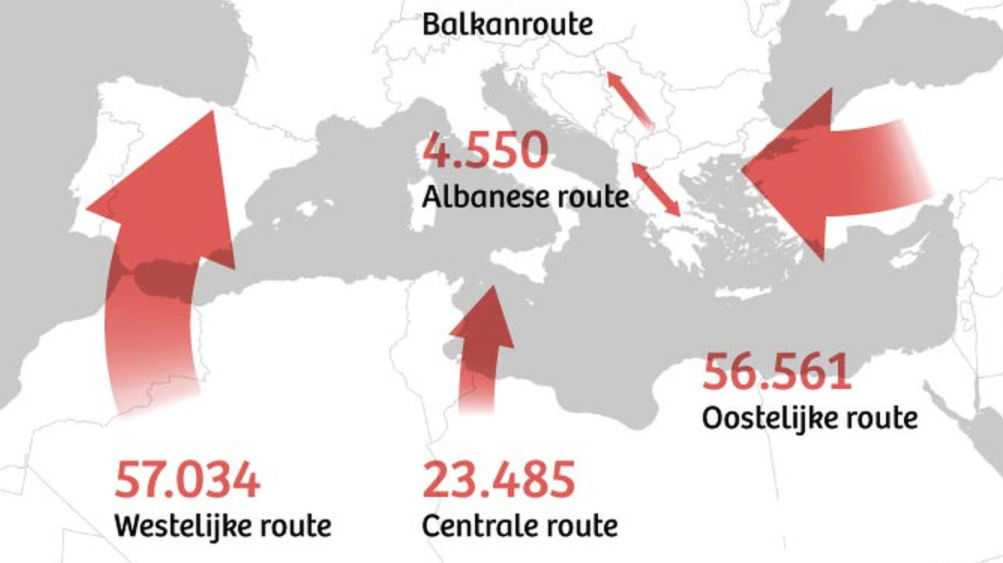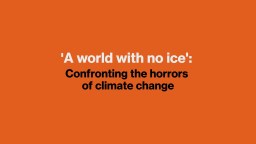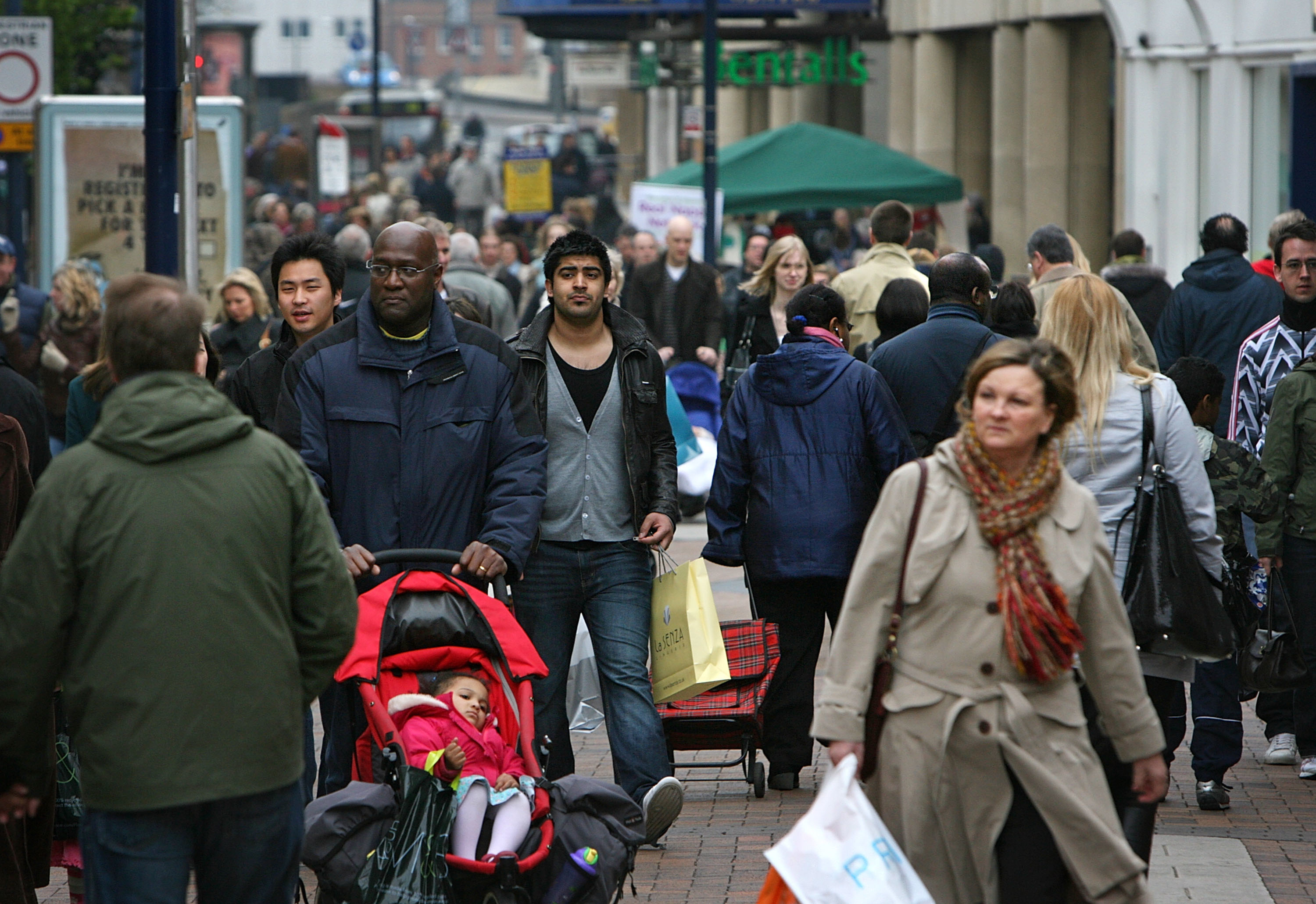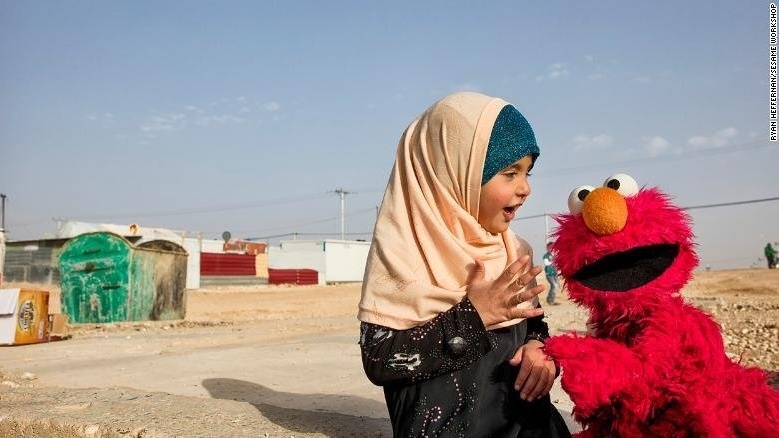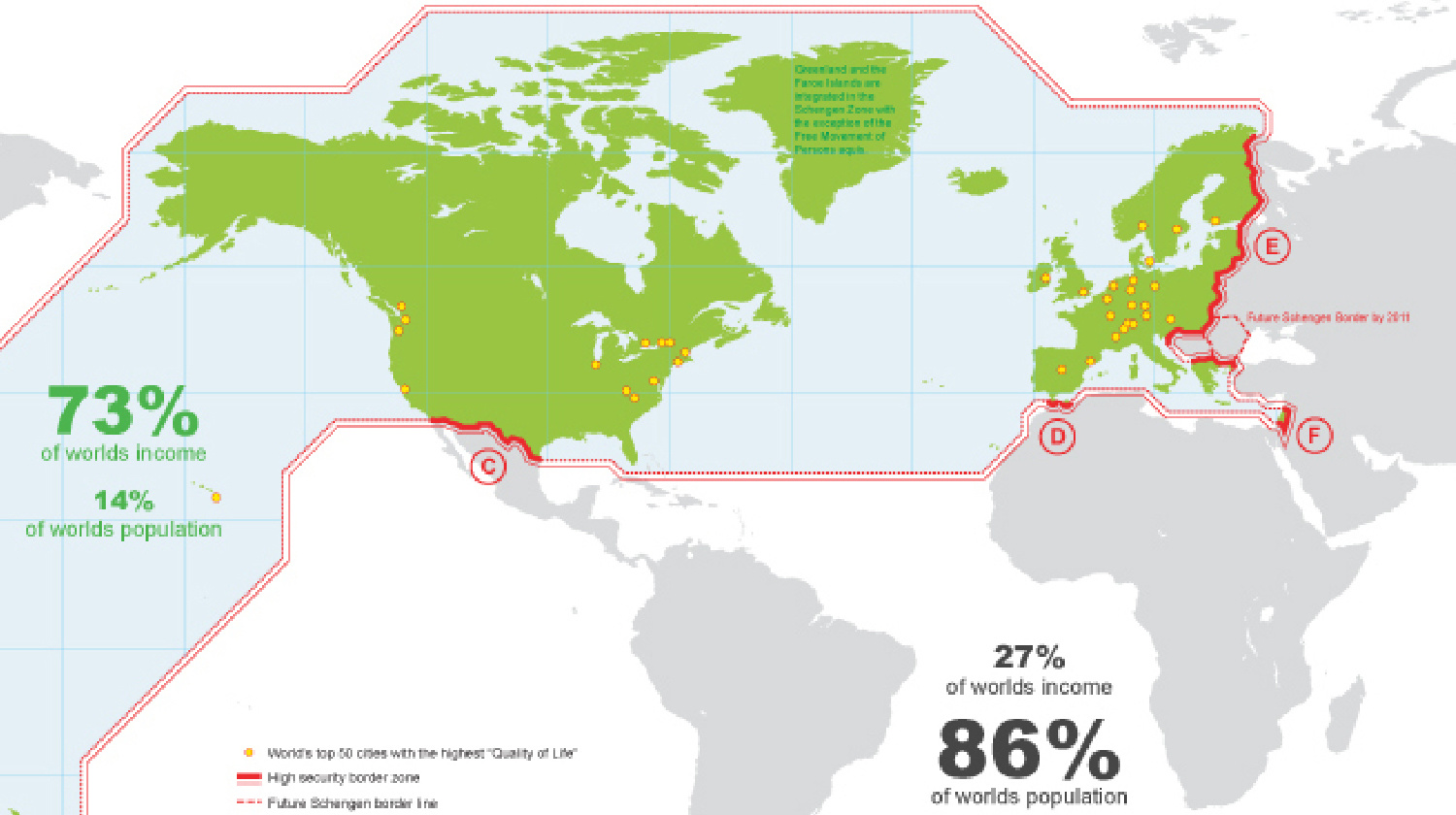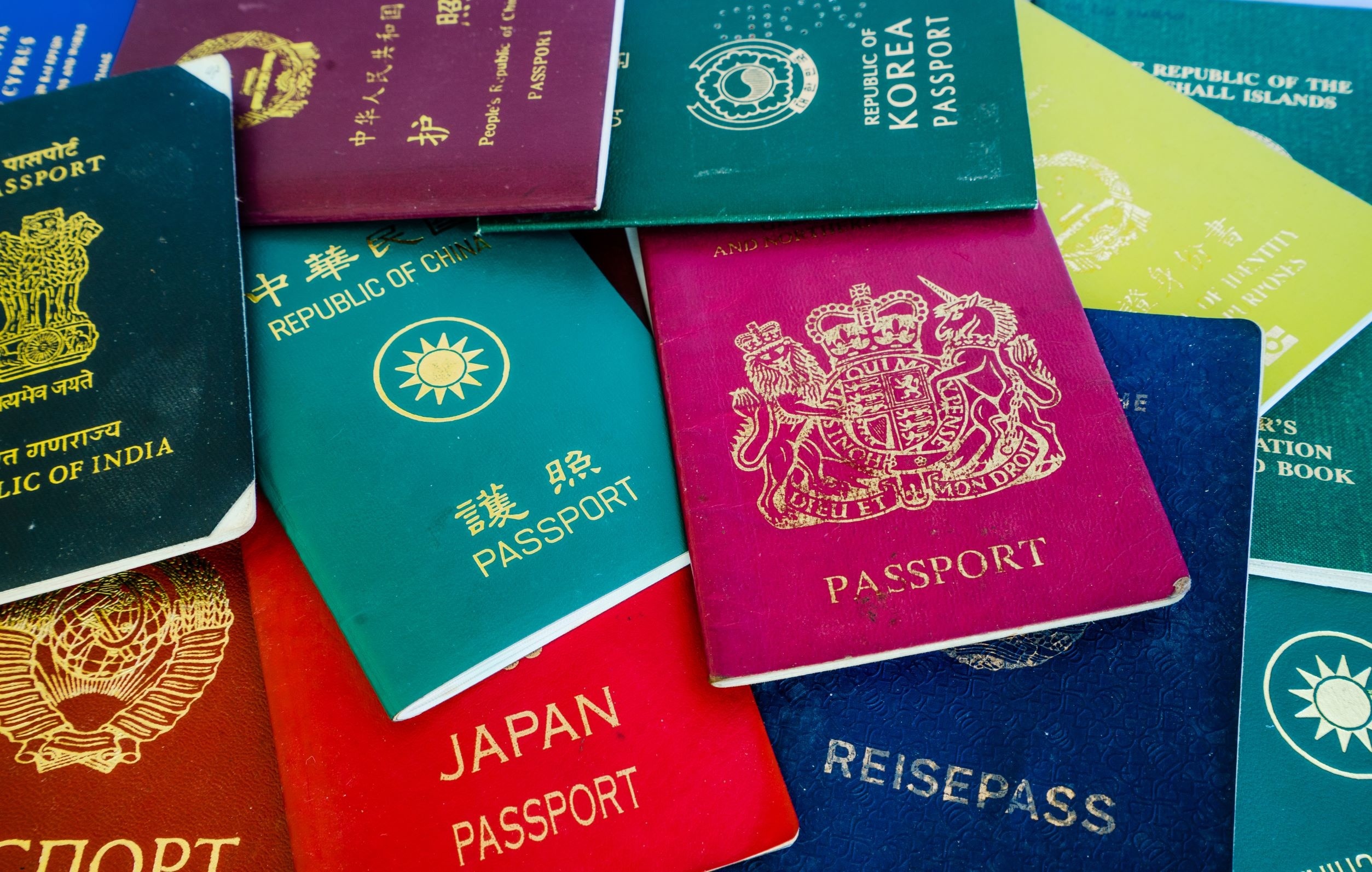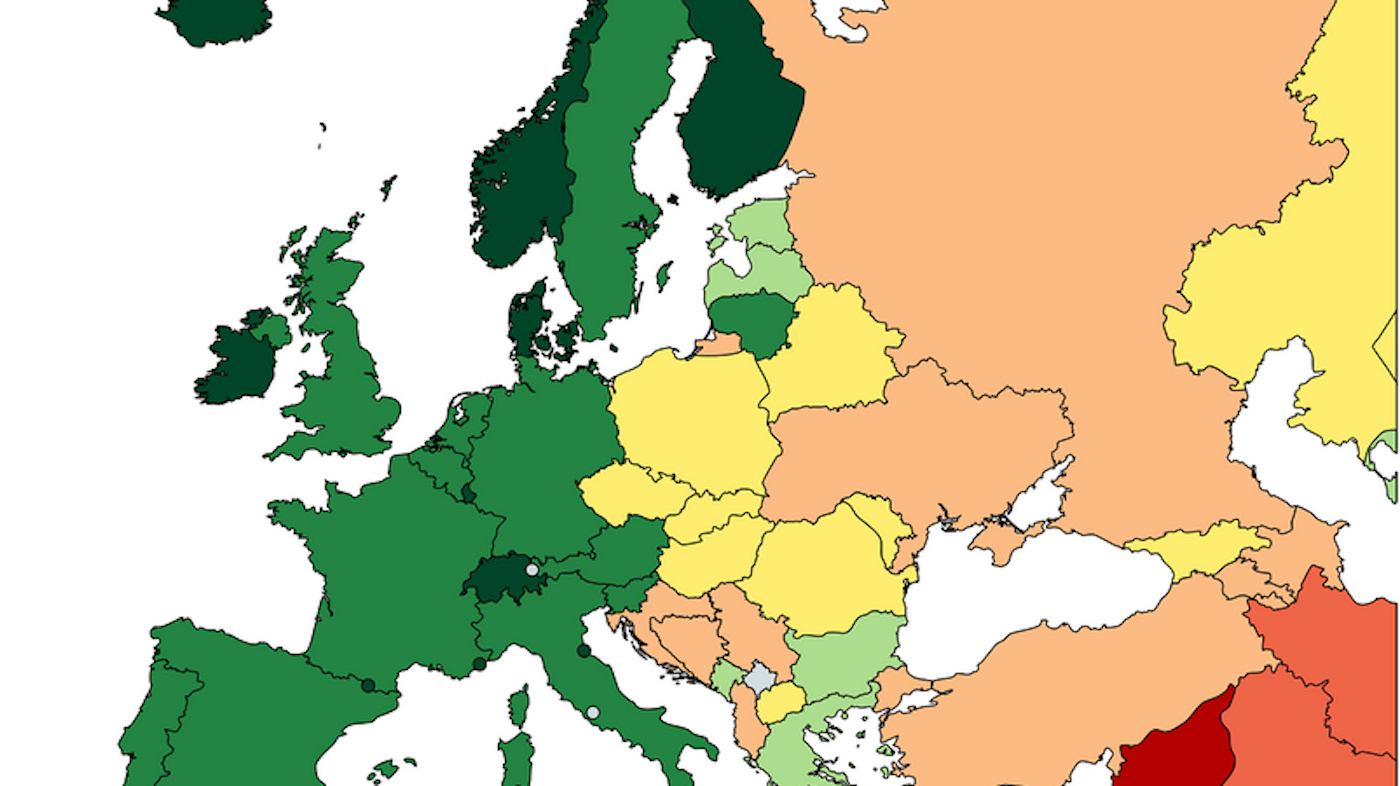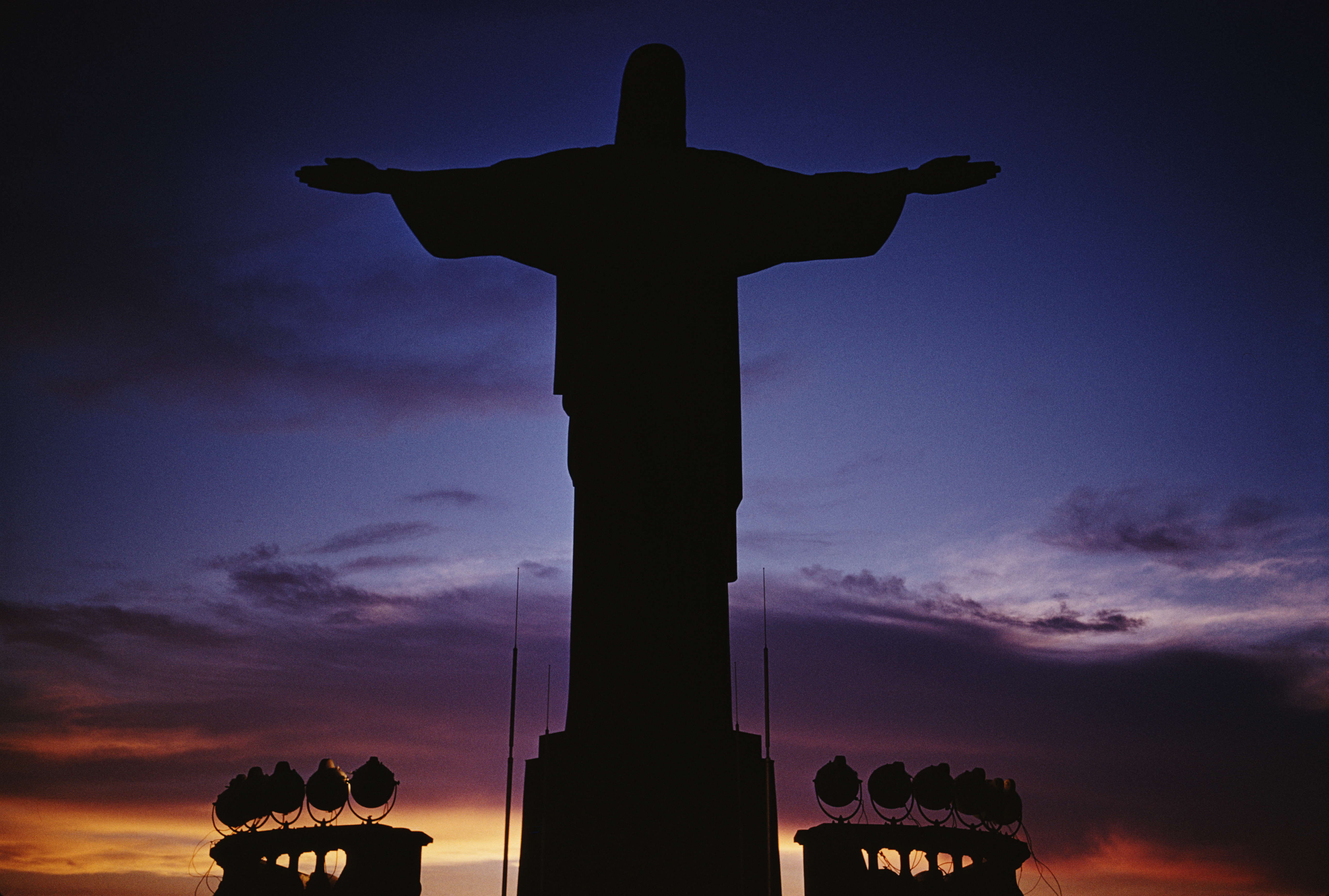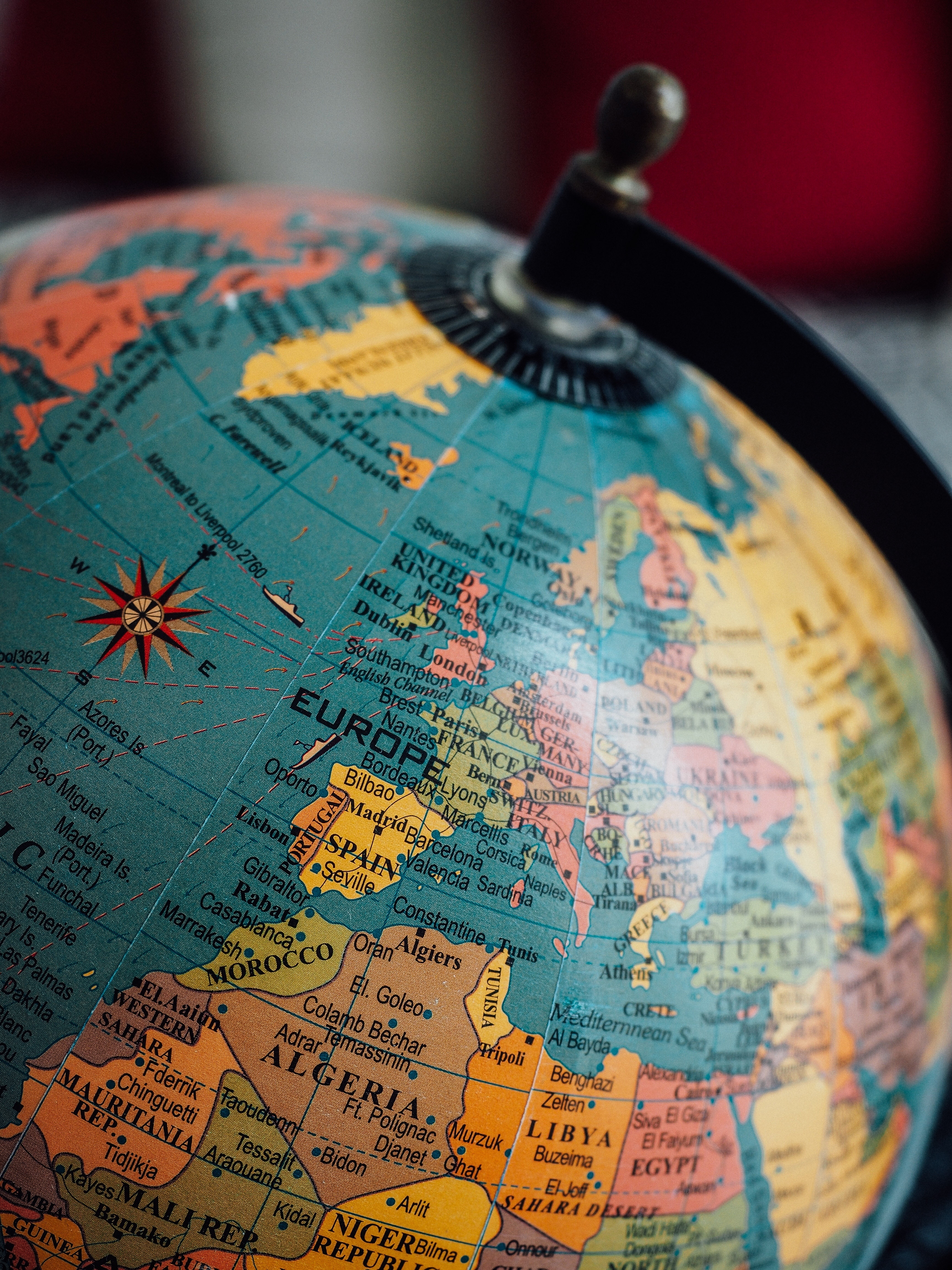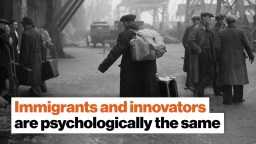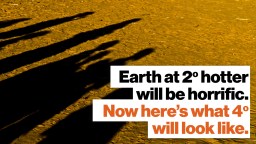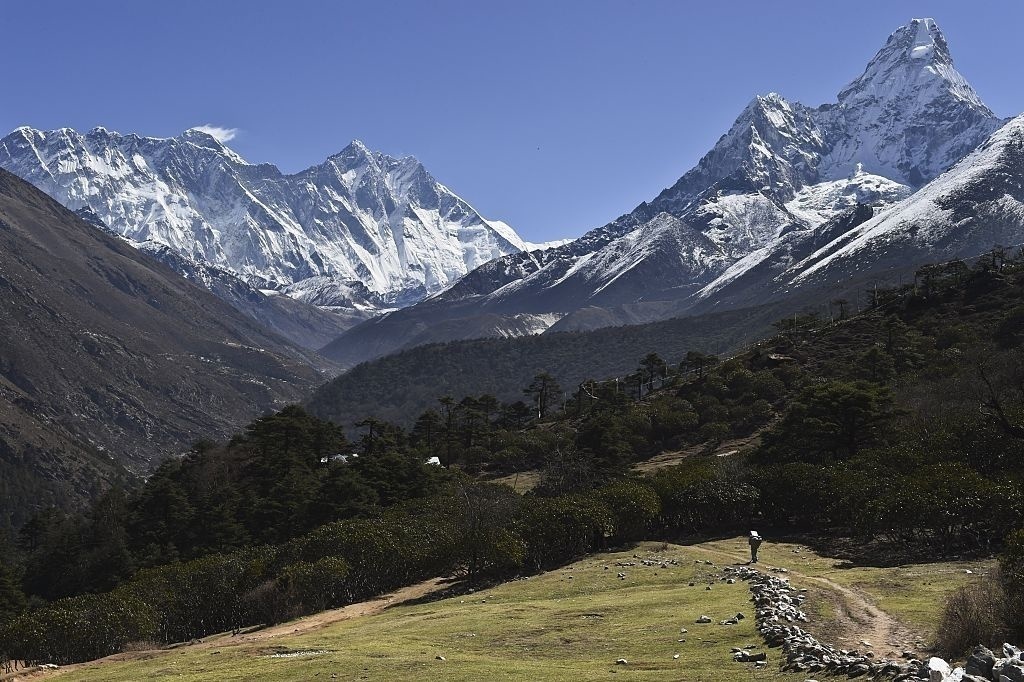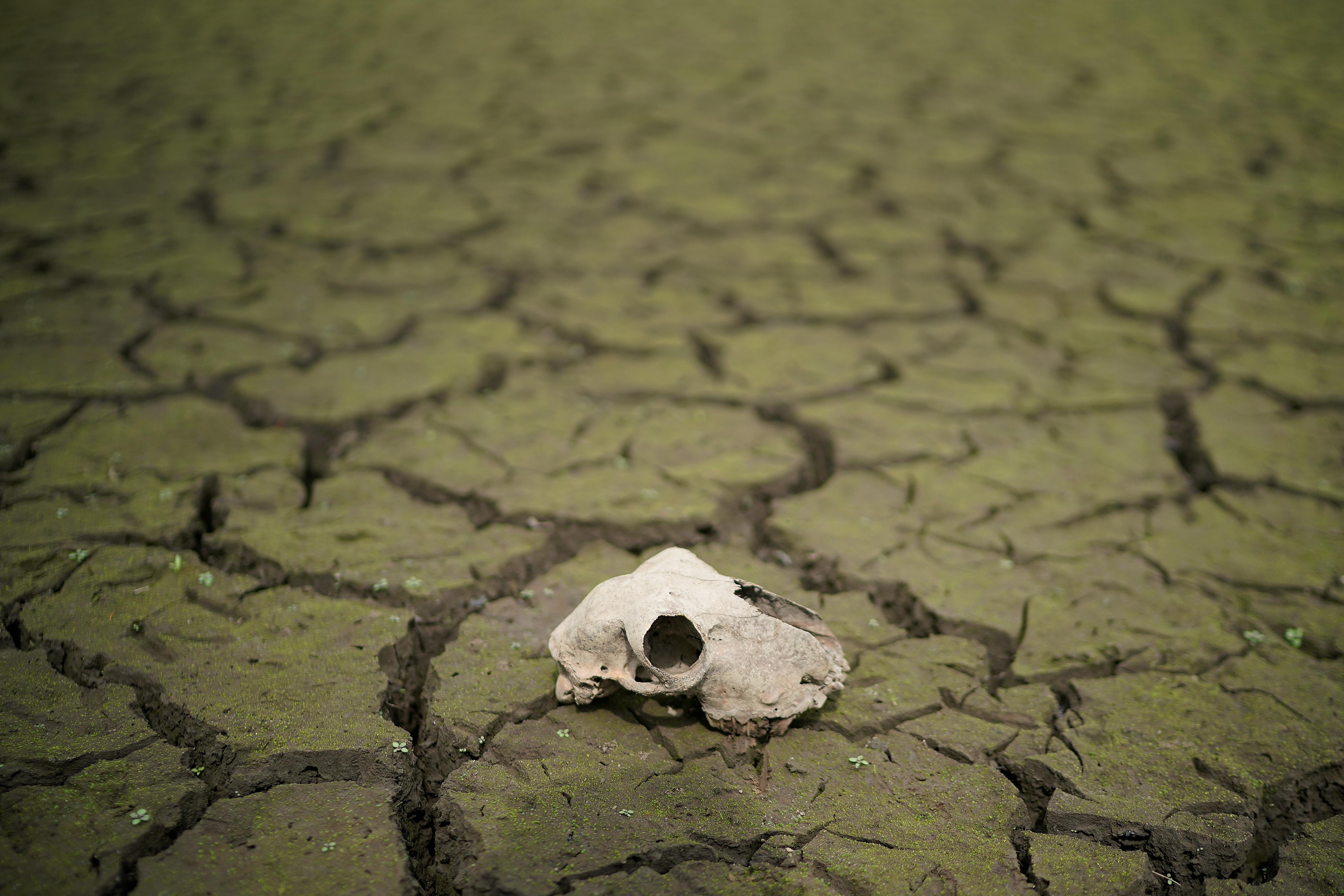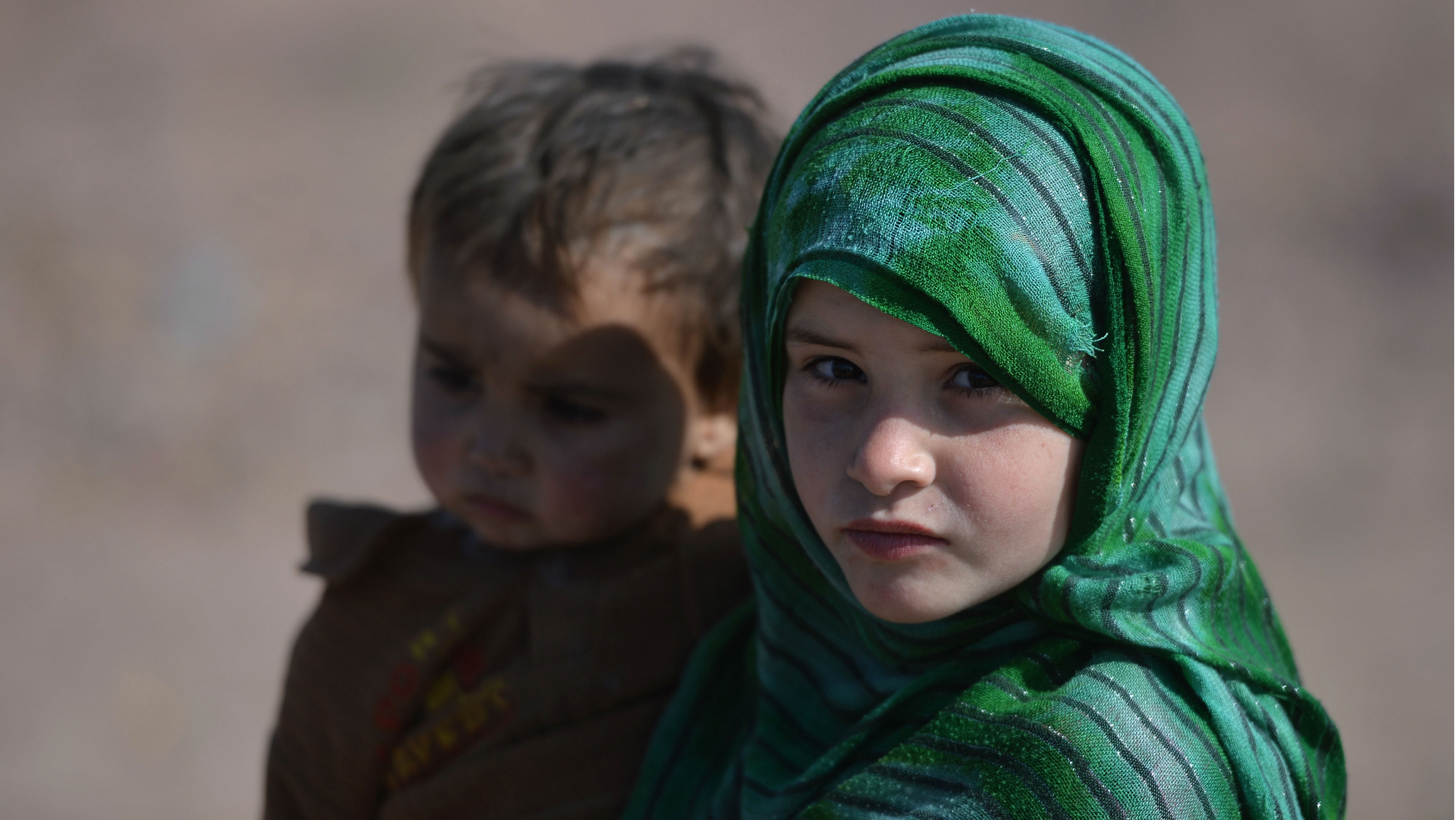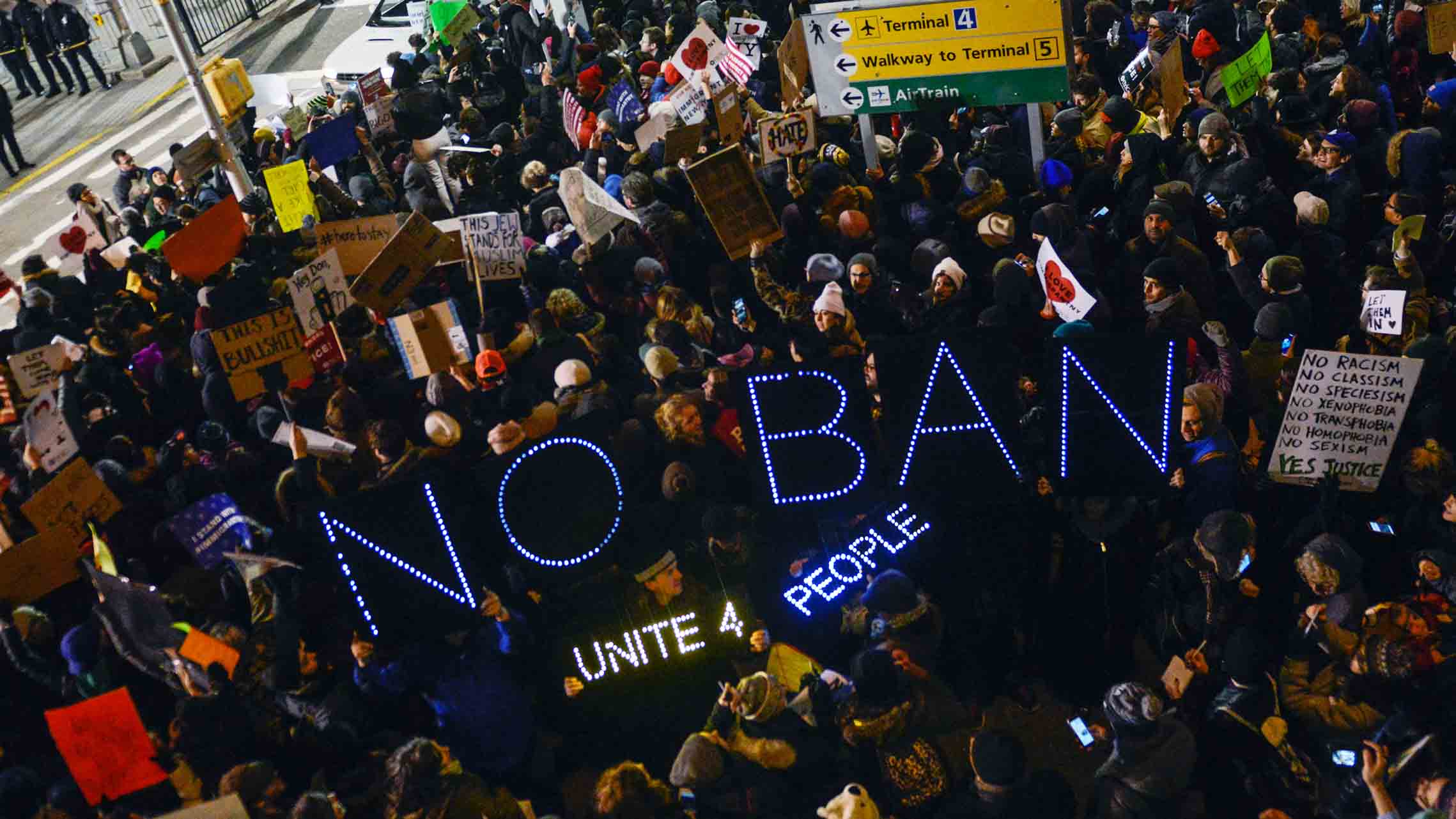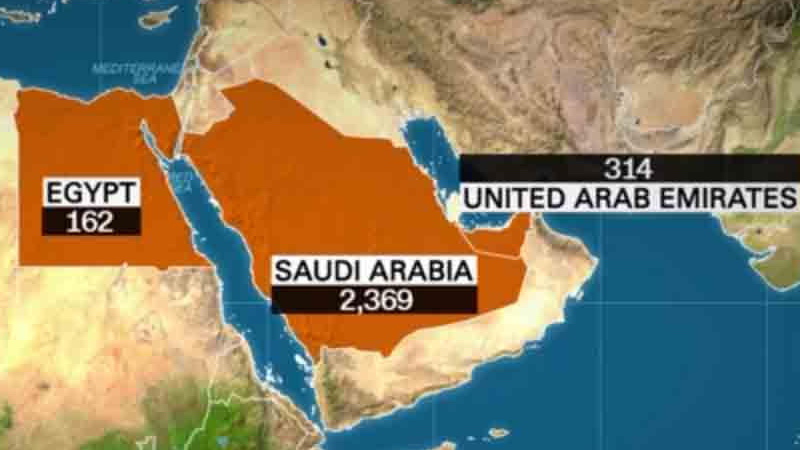refugees
‘Battlefield maps’ show continent under attack from hostile invaders.
The complacent majority needs to step up and call for action on climate change.
▸
22 min
—
with
Pew Research Center data shows that most people think diversity improves lives in their countries.
The ability to interact peacefully and voluntarily provides individuals a better quality of life.
▸
5 min
—
with
Third on the Big Think 2019 countdown reveals this is what the world will be like if we do not act on climate change.
▸
7 min
—
with
A new children’s program may help displaced Syrian children find stability and belonging in their new communities.
A review of the global “wall” that divides rich from poor.
Without a country to belong to, many of these people lack some of the most fundamental rights.
UNHCR data shows a small but intriguing flow of refugees from countries like France, Germany and the UK
Is that what Jesus would have responded to the poll from Pew Research Center?
Many governments do not report, or misreport, the numbers of refugees who enter their country.
What does a fast-casual diner have to do with natural disasters? Quite a bit, actually.
Despite the negative rhetoric, Europeans are getting more liberal about immigration.
Don’t denigrate immigrants, says Jared Diamond. You are one.
▸
4 min
—
with
This is what the world will be like if we do not act on climate change.
▸
7 min
—
with
Oppression causes many people to run for the hills. Literally.
Pulitzer Prize-winning journalist Jose Antonio Vargas shares the books that shaped his life.
The world’s getting hotter, and it’s getting more volatile. We need to start thinking about how climate change encourages conflict.
What history can teach us about refugees.
David Miliband has said that the hardest way into the US is to enter as a refugee. Is he correct?
Number of terrorist acts perpetrated in the U.S. by nationals of any of the seven countries? Zero.
